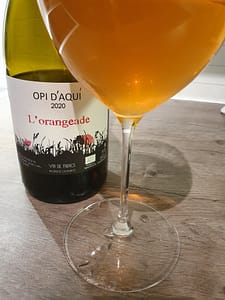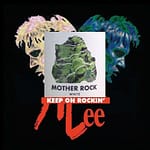Philippe Formentin had worked 10 years at Domaine Chabanon in Lagamas, near Montpellier, before he became a “flying winemaker”, consulting at vineyards around the world. Then he found a small winery in the south of France, just outside Clermont l’Hérault. Here in the foothills of the Larzac, Philippe has brought life to his dream of making his own natural artisan wine.
His wines are made from grapes grown organically and according to biodynamic principles. They grow in different plots with clay-limestone soils and various exposures.
The grapes are manually harvested in the cool, early mornings, then stored in a cool environment 24 hours to slow start fermentation. They ferment naturally, with indigenous yeast and without sulfites.
A manual vertical press is used to gently extract the juice. The wines are then aged in containers, decanted, and bottled without filtration. L’orangeade 2020 is a varietal grenache blanc.
L’orangeade 2020 (Opi d’Aquí)
Light orange. Fresh aroma with apricot, orange peel, eucalyptus, a touch of honey. Medium full, light tannin structure, good length.
Price: Medium
Leave a Comment







